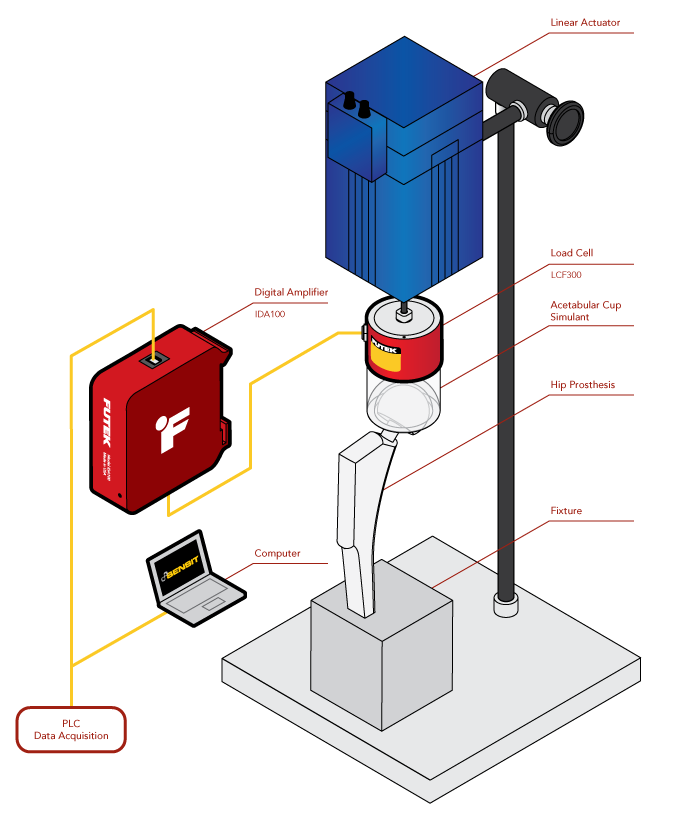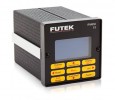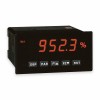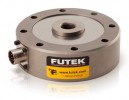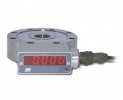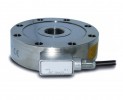Prosthetic Hip Fatigue Testing
.
Hip replacements, like most prostheses, are not one size fits all. Advances in 3D printing technologies such as direct laser metal sintering (DLMS) have made it possible to manufacture customized metal implants at lower cost.
Reliability, durability and fatigue strength are critical to the survival of the implant in a patient. Fatigue and strength testing are required to comply with ISO 7206-4, 6 and PI-58 (ISO 7206-8) and the ASTM F 2580 test specification for hip implants. By integrating load cells with amplifiers with digital and analog signal output capabilities, testing can be easily automated and recorded for compliance purposes.
.
How it works :
- The femoral stem of the prosthetic hip joint is secured in a test device. The femoral head is then attached to a suitable cup.
- An LCF300 series load cell is then mounted between the acetabulum and a linear actuator to apply a force during the test.
- During the test, the signal from the LCF300 sensor is sent to the IDA100 amplifier. The IDA100 generates an amplified analog signal that can be sent back to a control test machine.
- The digital signal from the IDA100 is transmitted via USB to the FUTEK SENSIT software for displaying/recording/plotting data in accordance with ISO 7206-4, 6, and PI-58 (ISO 7206-8), and ASTM F 2580.
- The IDA100 can be digitally configured, allowing sensor calibration, gain and zero adjustment from a PC running SENSIT.
- The LCF300 is one of the least sensitive transducers to transverse forces.
- In addition, the FUTEK MTA500 multi-axis force transducer can be used to measure forces along the Z-axis and moments around the X- and Y-axis.
.
